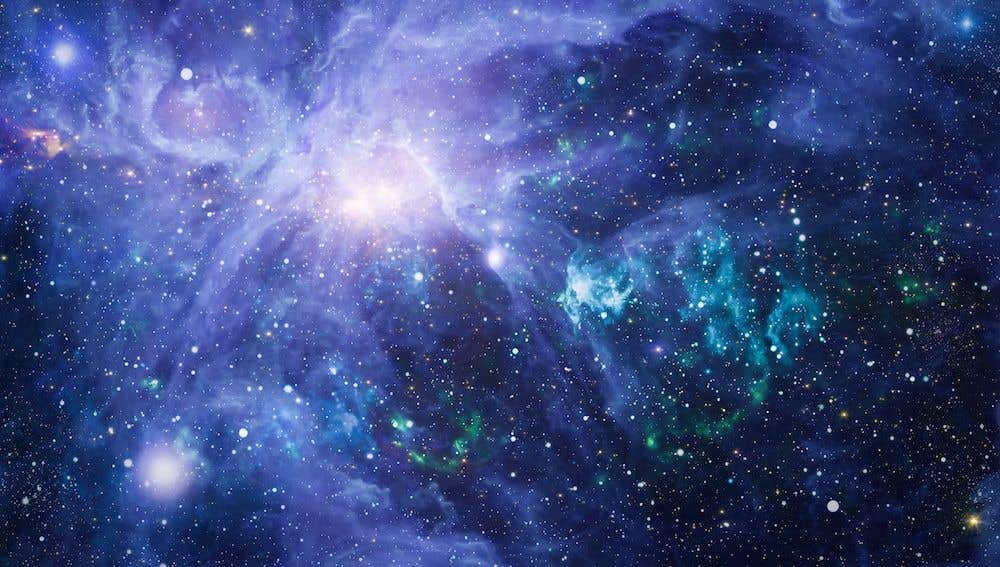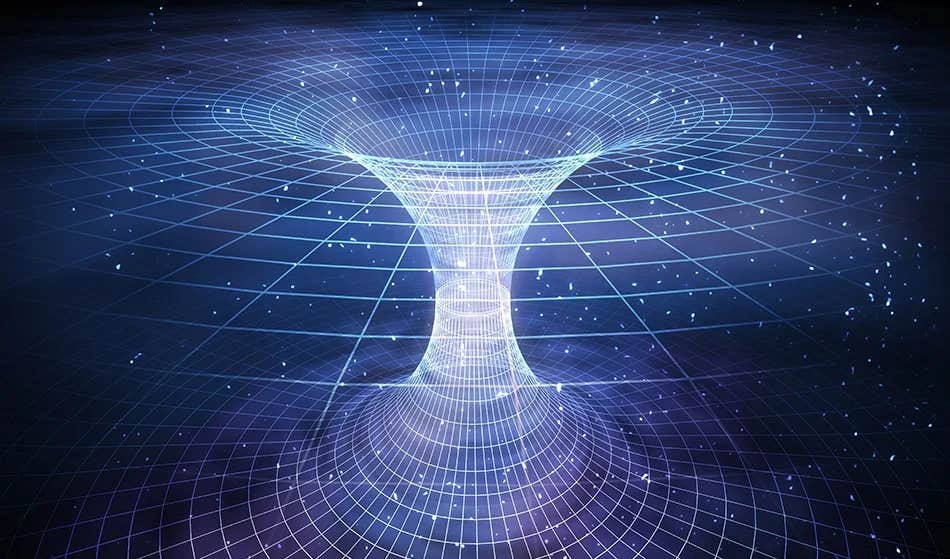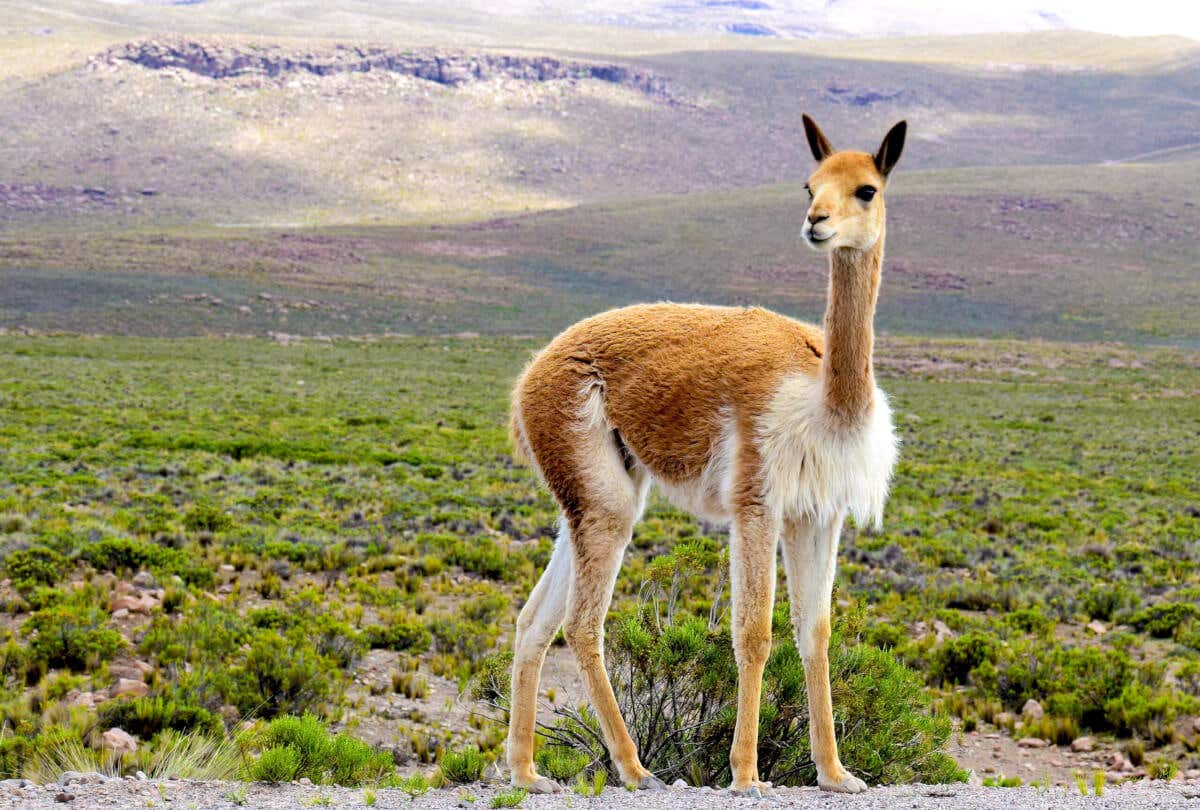The universe is much older than scientists previously believed, study finds
According to existing models, galaxies, emerging during the cosmic dawn, roughly 500 to 800 million years post-big bang.

For years, cosmologists have pegged the universe's age at approximately 13.8 billion years. (CREDIT: Creative Commons)
In a groundbreaking discovery, the James Webb Space Telescope (JWST) has presented data that directly challenges our current understanding of the universe. For years, cosmologists have pegged the universe's age at approximately 13.8 billion years. Yet, the new JWST findings suggest that this may be a vast underestimation. But how has one telescope managed to disrupt such a long-held belief?
The universe's secrets are vast, but none has been as puzzling as the presence of 'impossible early galaxies'—so named due to their peculiar formation periods.
According to existing models, these galaxies, emerging during the cosmic dawn, roughly 500 to 800 million years post-big bang, shouldn't have evolved disks and bulges so quickly. "It's akin to seeing a toddler with the wisdom of an octogenarian," says a scientist, explaining the paradox.
Yet, there they are: young galaxies appearing as if they've undergone vast periods of evolution. Complicating the picture further, some smaller galaxies seem to have greater mass than their larger counterparts, going against conventional wisdom.
Related Stories
Unlocking the Redshift Puzzle
To understand the age of the universe, one must first grasp the concept of redshift in the light emitted by far-off galaxies. Much like the Doppler effect in sound, wherein noises from an approaching source seem higher-pitched and those from a receding source seem lower-pitched, light too experiences frequency shifts. In this context, a redshift indicates a celestial body moving away from us. The more distant the galaxy, the more pronounced this redshift becomes.
Historically, a hypothesis known as the 'tired light' theory suggested that light loses energy during its long cosmic journeys, leading to the redshift. However, as it failed to explain numerous observations, this theory was largely dismissed.
Expansion: The Key to the Universe's Age
The real game-changer in understanding redshift was the realization of the Doppler effect's role in it. Distinct galaxies moving away from us at velocities directly proportional to their distance hinted at a universe constantly expanding.
New research proposes a model that determines the universe’s age to be 26.7 billion years, which accounts for the James Webb Space Telescope’s "impossible early galaxy" observations. The telescope captured this Pillars of Creation image last year. (CREDIT: NASA/ESA)
This understanding was solidified in 1964, when Arno Penzias and Robert Wilson of Bell Labs stumbled upon the cosmic microwave background radiation—a discovery that further discredited the 'steady-state' model and gave credence to the expanding universe theory.
The universe's age largely hinges on its rate of expansion. Data from the 1990s' Hubble Space Telescope launch saw estimates ranging from 7 billion to 20 billion years. It was only later that a consensus was reached, placing the age at 13.8 billion years.
A galaxy estimated to be as young as 500 million years old, making it one of the youngest galaxies seen. (CREDIT: NASA/ESA Hubble Space Telescope)
Challenging the Status Quo
While previous studies have attempted to address the enigma of 'impossible galaxies' using the 'tired light' model, they've been largely unsuccessful, often falling short in explaining other cosmic phenomena like supernovae redshifts.
"I attempted to marry the conventional big-bang model with the tired light theory, hoping to account for both supernovae and JWST data. While this expanded our universe's age to 19.3 billion years, it couldn’t entirely account for the JWST data," says Rajendra Gupta from the University of Ottawa.
However, combining the tired light theory with an evolving cosmological model based on the evolving coupling constants (proposed by British physicist Paul Dirac in 1937) yielded better results. This new hybrid model both accounted for the JWST's observations and bumped the universe's age to a staggering 26.7 billion years.
Historical Context: A Meeting of Models
The technique of blending models isn't novel. Historically, light was thought to propagate as particles, as suggested by Sir Isaac Newton.
This theory persisted until the 19th century when the wave theory of light emerged, explaining diffraction patterns more effectively. Albert Einstein later revived the particle-like nature of light, revealing that light could demonstrate both particle and wave characteristics.
In another approach, estimating the universe's age involves analyzing the oldest stars in our galaxy’s globular clusters, assuming that all galaxies initiated formation simultaneously. Yet, some stars, like Methuselah, believed to be the galaxy's oldest, defy this with their computed age surpassing the universally accepted 13.8 billion years.
Reimagining the Universe
Although the Hubble Space Telescope had already hinted at the 'impossible early galaxy' conundrum, the JWST's launch in December 2021 fortified these claims.
Many in the astronomy community have tried to stick to the big-bang model, attempting explanations that condense timelines or posit rapid mass accrual in black holes. Yet, the tide seems to be shifting.
As the JWST data continues to challenge the cosmological status quo, the scientific community is leaning towards embracing new physics. While these findings have shaken foundational beliefs, they also promise a future where our understanding of the universe is deeper and more nuanced than ever before.
For more science and technology stories check out our New Discoveries section at The Brighter Side of News.
Note: Materials provided above by The Brighter Side of News. Content may be edited for style and length.
Like these kind of feel good stories? Get the Brighter Side of News' newsletter.
Joseph Shavit
Head Science News Writer | Communicating Innovation & Discovery
Based in Los Angeles, Joseph Shavit is an accomplished science journalist, head science news writer and co-founder at The Brighter Side of News, where he translates cutting-edge discoveries into compelling stories for a broad audience. With a strong background spanning science, business, product management, media leadership, and entrepreneurship, Joseph brings a unique perspective to science communication. His expertise allows him to uncover the intersection of technological advancements and market potential, shedding light on how groundbreaking research evolves into transformative products and industries.



